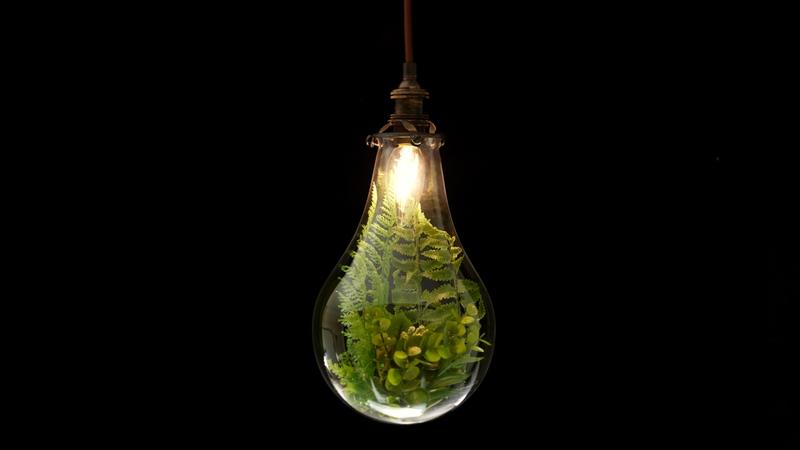Scientists Discover Enzyme That Turns Air Into Electricity, Providing A New Clean Source Of Energy
A team of scientists have discovered an enzyme that converts air into energy
![The CryoEM structure of the [NiFe]-hydrogenase Huc from Mycobacterium smegmatis The CryoEM structure of the [NiFe]-hydrogenase Huc from Mycobacterium smegmatis](https://bioch.web.ox.ac.uk/sites/default/files/styles/mt_image_medium/public/bioch/images/media/cryoem_structure.png?itok=vfskyrBr)
The CryoEM structure of the [NiFe]-hydrogenase Huc from Mycobacterium smegmatis
The finding, published today in the top journal Nature, reveals that this enzyme uses the low amounts of the hydrogen in the atmosphere to create an electrical current. This finding opens the way to create devices that literally make energy from thin air.
The research team, led by Dr Rhys Grinter, Ashleigh Kropp, and Professor Chris Greening from the Monash University Biomedicine Discovery Institute in Melbourne, Australia, produced and analyzed a hydrogen-consuming enzyme from a common soil bacterium. Molecular modelling and simulations were performed by Oxford Biochemistry and Queens College undergraduate Jack Badley and postdoctoral research fellow Dr Ruyu Jiya, under the supervision of Professor Syma Khalid (Professor of Computational Microbiology in the Department of Biochemstry, Oxford). Professor Chris Greening is also an alumnus of the Department of Biochemistry at Oxford.
Many bacteria use hydrogen from the atmosphere as an energy source in nutrient-poor environments. In this Nature paper, the researchers extracted the enzyme responsible for using atmospheric hydrogen from a bacterium called Mycobacterium smegmatis. They showed that this enzyme, called Huc, turns hydrogen gas into an electrical current. The enzyme is extraordinarily efficient and is able to consume hydrogen below atmospheric levels - as little as 0.00005% of the air we breathe.
The researchers used several cutting-edge methods to reveal the molecular blueprint of atmospheric hydrogen oxidation. They used advanced microscopy (cryo-EM) to determine its atomic structure and electrical pathways, pushing boundaries to produce the most resolved enzyme structure reported by this method to date. Electrochemistry was used to demonstrate the purified enzyme creates electricity at minute hydrogen concentrations. Molecular modelling and simulations were used to identify the specific regions of the protein which allow hydrogen gas to enter the active site of the protein where it is transformed, but prevent oxygen getting through.
Huc is a “natural battery” that produces a sustained electrical current from air or added hydrogen. While this research is at an early stage, the discovery of Huc has considerable potential to develop small air-powered devices, for example as an alternative to solar-powered devices.
The bacteria that produce enzymes like Huc are common and can be grown in large quantities, meaning we have access to a sustainable source of the enzyme. Dr. Grinter says that a key objective for future work is to scale up Huc production. "Once we produce Huc in sufficient quantities, the sky is quite literally the limit for using it to produce clean energy."
Syma Khalid: Jack Badley, an undergraduate student doing a research project in my group used computer simulations to show how the channels to the active site of Huc are too narrow for oxygen to pass through, but wide enough for hydrogen. Extension of Jack’s work by Ruyu Jia predicted mutations that would widen these channels to enable passage of oxygen. It was wonderful for us to work with the remarkably high-quality structure determined by the Monash team, and I think for all of us it really showed the power of doing experimental and simulation work in tandem.
Rhys Grinter, Chris Greening and Syma Khalid
9th March 2023

Credit: Maki Nakamura / Getty Images




